Solid State Relays
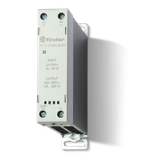

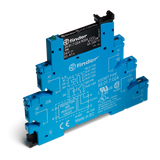
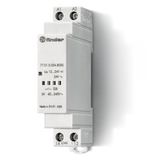

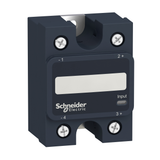


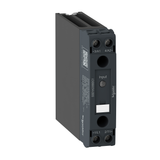


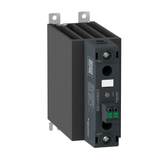

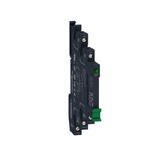
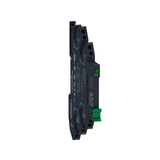


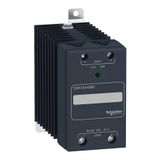

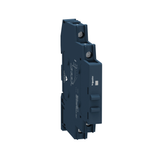


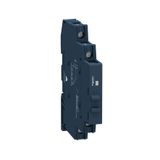


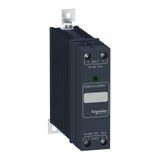

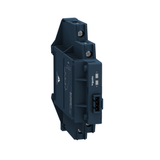
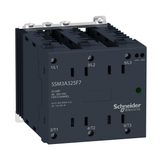
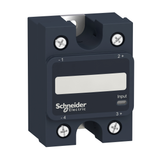
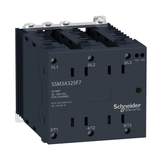

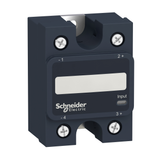
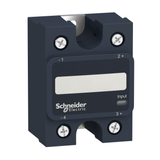
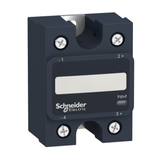
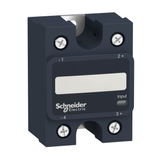



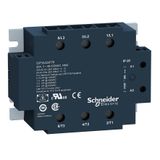

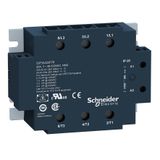

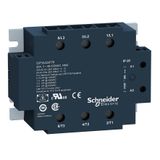
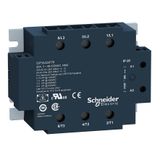
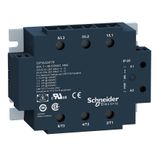


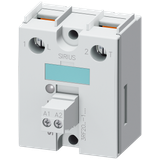
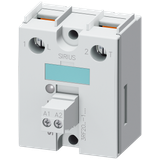
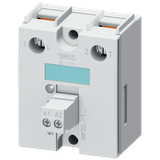
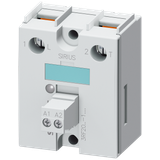
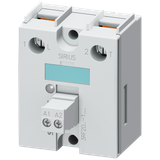
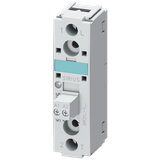
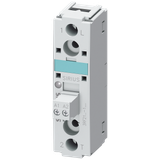
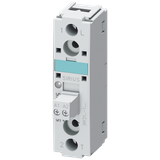

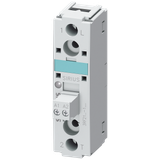
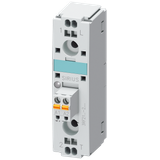
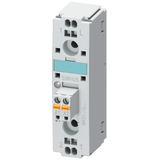
Solid State Relay Wholesale Supply and Distributor Insights
In electrical engineering and industrial automation, the solid state relay has become a standard switching device for systems that require high reliability, fast response, and long operational life. Unlike electromechanical relays, which rely on moving contacts, the solid-state relay uses semiconductor components to switch electrical loads. This design eliminates mechanical wear and ensures quiet, vibration-free operation, making them suitable for environments where precision and endurance are essential.
From HVAC installations and motor control systems to packaging machinery and building automation, the relay solid state category represents a core procurement item for integrators and industrial buyers. A clear understanding of specifications, voltage ranges, and thermal management is necessary when placing bulk orders for these components.
Technical Overview of Solid State Relays
A solid state relay dc or AC device is built to perform the same task as its mechanical counterpart—switching loads—but with added durability. Key performance characteristics include:
- Input voltage range: Most models operate on control signals from 3–32 VDC, allowing direct PLC or controller interfacing.
- Output types: Options for AC load switching or DC load switching, depending on system design.
- Isolation: Optical isolation provides galvanic separation between input and output.
- Load current capacity: Models are available from a few amps up to several hundred amps.
- Heat dissipation: Requires proper mounting and often heat sinks, since semiconductors generate consistent thermal load.
- Switching speed: Faster than mechanical relays, suitable for high-cycle automation.
DC Solid State Relay Applications
High-efficiency switching with DC circuits
A dc solid state relay is commonly used in renewable energy installations, battery charging units, and DC-driven motor systems. The absence of arcing during switching makes them a preferred choice in low-voltage, high-current DC circuits.
Procurement managers typically compare:
- Control input voltage compatibility (e.g., 3–32 VDC).
- Load side performance (12 VDC, 24 VDC, 48 VDC systems).
- Thermal stability in continuous duty cycles.
- UL/CE certification for compliance with international standards.
When sourcing in wholesale quantities, buyers often prioritize suppliers who provide both single-channel and multi-channel mounting options to support modular assembly in control cabinets.
3 Phase Solid State Relay in Industrial Control
The 3 phase solid state relay is indispensable in industrial heating systems, three-phase motor starters, and high-power rectifiers. Compared to electromechanical contactors, these devices provide:
- Silent operation in commercial facilities.
- Reduced maintenance due to absence of moving parts.
- Uniform switching across three phases for balanced load control.
Considerations for bulk procurement
- Current rating: Ranging from 10 A up to 120 A and beyond, depending on application.
- Load type: Resistive loads (heaters) versus inductive loads (motors).
- Switching method: Zero-cross versus random turn-on, selected based on system harmonics.
- Mounting format: Panel mount with required heat sink, DIN rail versions for compact installations.
In wholesale transactions, distributors often stock multiple current classes to match different industrial requirements, ensuring procurement teams can consolidate orders.
24VDC Solid State Relay
A 24vdc solid state relay is one of the most requested items in automation procurement. The 24 VDC control logic aligns with the most common industrial PLC signal level, simplifying integration.
Applications include:
- Building automation: Lighting systems and security controls.
- Industrial controls: Interfacing between PLCs and actuators.
- Test equipment: Precision load switching at controlled voltages.
For procurement managers ordering in bulk, it is important to confirm:
- Input range tolerance (e.g., 4–32 VDC).
- Load voltage range (24–380 VAC, 5–220 VDC).
- Compact footprint for cabinet density optimization.
Delay Off Timer Relay and Delay On Timer Relay Functions
While the main category focuses on standard switching, many installations require time-based sequencing. The delay off timer relay and delay on timer relay variants—often semiconductor-based—are available as programmable models.
- Delay on timer relay: Activates the load after a preset time following input signal. Useful in staged motor starts or conveyor systems.
- Delay off timer relay: Keeps the load energized for a preset time after the control signal is removed. Common in ventilation fans or pump control.
Although technically separate from standard SSRs, these models are often sourced alongside timer delay relay devices in wholesale orders to complete automation assemblies.
Relay Solid State vs Electromechanical
For buyers comparing technologies:
- Mechanical relays: Lower initial cost, audible operation, mechanical wear, limited cycles.
- Relay solid state: Higher upfront price, but lifespan often exceeds 10× mechanical models in cycling applications.
Procurement departments typically justify investment in solid state relay switch units by reduced downtime and lower service costs over years of operation.
Solid State DC Relay
A solid state dc relay serves in battery-powered systems, solar energy converters, and automotive test equipment. Compared to AC counterparts, these relays handle DC switching without arcing.
Buyer checklist for procurement teams
- Rated voltage levels (e.g., 12 V, 24 V, 48 V).
- Peak surge current capability.
- Continuous duty temperature rating.
- Certifications relevant to transportation or energy standards.
When ordered through a wholesale distributor, models are usually available in bulk packs with standardized mounting brackets, easing assembly line integration.
Solid State Relay DC Integration
The phrase solid state relay dc is often used interchangeably with DC-output SSRs. Engineers and procurement professionals should confirm:
- Whether the SSR is intended for DC input or DC output.
- Compatibility with PLC logic voltage.
- Use of heat sinks or forced cooling for high load cycles.
This avoids mis-specification in large orders where hundreds of relays are being deployed across multiple cabinets.
Procurement Considerations for Wholesale Buyers
When sourcing solid-state relays in wholesale volumes, purchasing teams evaluate several decision factors:
- Electrical ratings: Current, voltage, switching type (zero-cross or random).
- Thermal management: Heat sink requirements and derating curves.
- Mounting style: Panel-mount, DIN rail, or PCB-mounted versions.
- Certifications: UL, CE, RoHS compliance for international distribution.
- Packaging options: Bulk packaging for manufacturing lines versus boxed units for distribution.
Advantages of bulk procurement from distributors
- Price efficiency: Volume discounts on high-demand SKUs.
- Consistency: Same lot sourcing ensures uniform performance.
- Stock security: Long-term contracts protect against component shortages.
- Technical support: Access to datasheets, installation guidance, and cross-references.
Wholesale Distributor Role in Solid State Relay Supply
As a distributor, the role extends beyond simply moving products. For relay timer switch and solid state switching components, the distributor ensures:
- Wide selection: Covering AC, DC, single-phase, and 3 phase solid state relay models.
- Inventory depth: Stocking from low-amperage PCB relays to heavy-duty 120 A three-phase models.
- Logistics efficiency: Consolidated shipping across multiple regions.
- Technical consultation: Helping procurement managers specify the correct off delay timer relay or on timer relay for each application.
Conclusion – Reliable Supply of Solid-State Relays
The category of solid state relays has evolved into a cornerstone of modern automation. From the 24vdc solid state relay for PLC integration to the dc solid state relay for renewable energy systems, these devices represent a procurement-critical item. Bulk buyers focus on current ratings, control voltages, certifications, and availability across single-phase and 3 phase solid state relay models.
Partnering with a specialized wholesale distributor ensures stable access to all variations—relay solid state, solid state dc relay, and programmable timer options—under one contract. This approach reduces supply risk, ensures technical compliance, and optimizes long-term system performance for industrial buyers.





